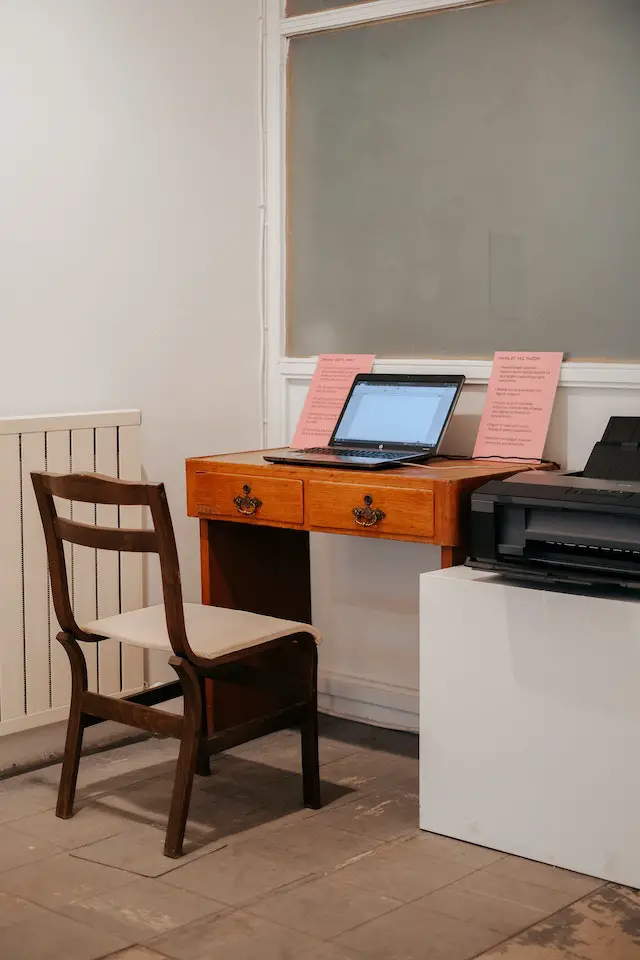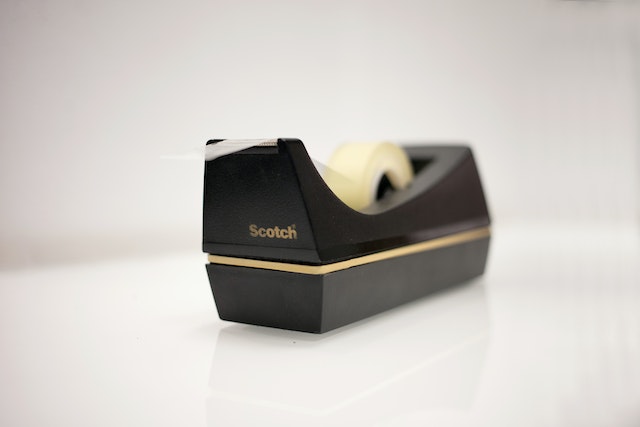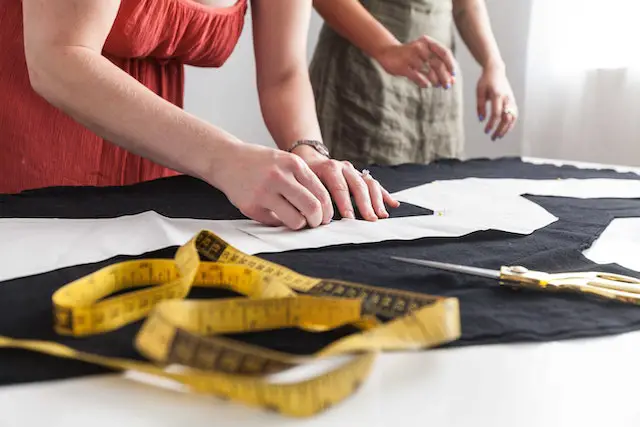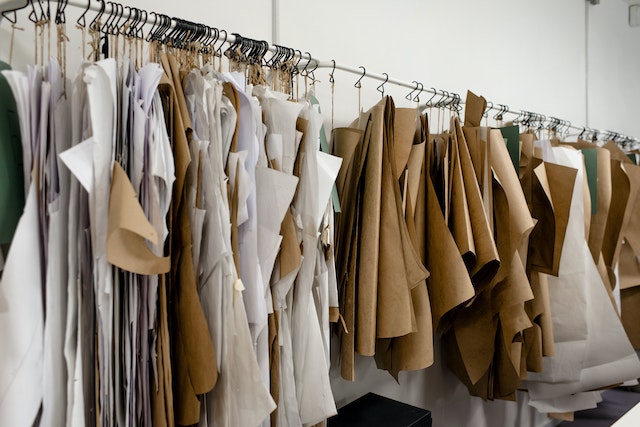How to Print and Assemble PDF Sewing Patterns
If you’re looking to save money on sewing patterns, consider using PDF patterns instead of pre-printed ones. While it may take a bit more effort on your part, the results can be just as fabulous. Here are a few tips for printing and using PDF sewing patterns: make sure to use high-quality paper, adjust your printer settings to ensure accurate sizing, and take the time to carefully cut and assemble the pattern pieces. With a little patience and attention to detail, you can create beautiful garments without breaking the bank.
The Printer and Paper
Printing PDF sewing patterns at home is easy and affordable. You don’t need a fancy printer or special paper – a basic printer with regular multi-purpose paper will do the job just fine. To save on ink, print the patterns in black and white. It’s also a good idea to keep a few extra ink cartridges on hand, just in case. And don’t worry if your printer isn’t wireless – simply plug it into your laptop with a USB cable and you’re good to go!

Photo by Hatice Baran
Simple Office Supplies
Use simple and easy to find supplies to assemble the patterns. A few rolls of clear Scotch tape (<– affiliate link!), a tape dispenser and scissors dedicated to cutting paper (don’t use the same scissors used to cut fabric!) are all of the supplies you’ll need.

Photo by Marina Agrelo
Printing the Pattern
To ensure accurate printing of PDF sewing patterns, it is important to use the Actual Size setting without any scaling or resizing. Many patterns come with a test page that includes a square for measuring. It is recommended to print this page first and measure the square before printing the rest of the sheets. This will help ensure that the pattern pieces are the correct size and fit together properly.
Assembling the Pattern
Each of the sheets of the pattern are numbered, and the pattern will also come with an assembly diagram for taping the sheets together. Start by taping the sheets together by row, trimming as necessary, then assemble the rows to form one large sheet.
Rather than tape, a glue stick can be used to assemble the pattern pages but the glue stick can be tricky. It takes a bit of time to dry, and the pieces can shift but if it’s what you prefer, go for it!
Cutting Out the Pattern Pieces
Cutting out the pattern pieces beforehand makes it easier to cut out the fabric. The patterns can then be pinned to the fabric or held in place with weights making the cutting process much smoother and more accurate.

Photo by Los Muertos Crew
Storing the Patterns
These patterns can be stored in a couple of ways: folded and placed in a labeled manila envelope, or hanging from a hook. I hang mine from a rod using retail plastic accessory hooks (<– affiliate link!) so I can easily locate a pattern when I want to use it. It is always helpful if they are organized neatly and protected from damage!

Photo by cottonbro studio
My Favorite Online PDF Sewing Pattern Sites
Ready to be inspired and start sewing a fabulous wardrobe? Here are a few of my very favorite retailers with printable PDF sewing patterns:
I hope these tips for printing and using PDF sewing patterns have been useful… Printing your own patterns at home is an economical way to prepare to make great clothing! Have questions or suggestions? Leave a comment below!
Featured image courtesy of Ksenia Chernaya.
Originally posted 2023-06-13 08:00:12.
